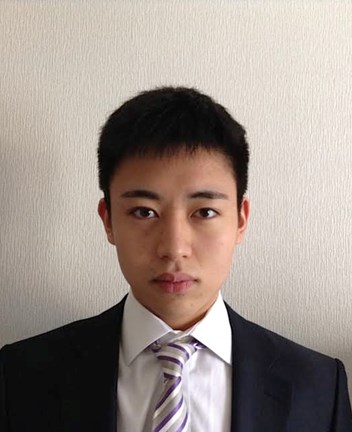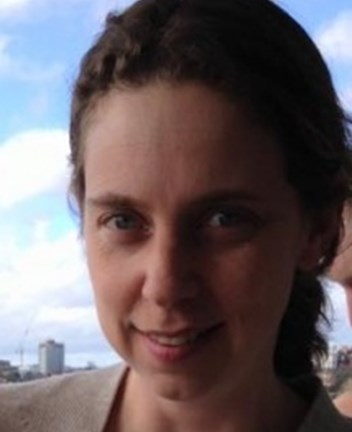Engineered nanomaterials (ENMs) can have extraordinary intrinsic properties and have aroused enormous interest in their potential technological applications. However, before widespread implementation, it is critical to understand the potential fate and behaviour of ENMs if released into the environment, either accidentally or deliberately. In particularly, it is important to understand how the ENMs can affect organisms in stream sediments and soils. This project will assess the potential environmental hazards of 2D nanomaterials, such as graphene and graphene oxide, which have been mooted for a wide range of applications, including those intrinsically involving environmental exposure, such as water treatment. The project will use very powerful imaging and characterization techniques to reveal the underlying pathways for the influence of these materials as they partition through a waste water treatment plant to the environment to stream sediments and soils. The student will also assess the resulting toxicological effects on ecosystems.


Alexandra Porter (AP) is a Reader in Bioimaging and Analysis at Imperial College London. She has pioneered work using and developing state-of-the art transmission electron microscopy techniques to image and analyse nanomaterials in complex environments. She has published in high IF journals such as Nature Nanotech, PNAS, ACS Nano. Her group applies these techniques to characterize how ENMs are transformed in the environment and interact with cells. She holds an ERC individual investigator grant to investigate the mechanisms of action of engineered nanoparticles with neuronal cells and is the PI on a 1.25 M NERC grant on the environmental risk of nanomaterials. Visualizing carbon nanomaterials such as graphene oxide within cells is extremely challenging due to the low inherent contrast and the demands on spatial resolution. She has showed for the first time that it is possible to image individual and bundles of C60 and single-walled nanotubes within cells using analytical electron microscopy. Her work in this field has been highlighted as Editor’s Choice in Nature on two occasions.

Milo Shaffer (MS) is Professor of Materials Chemistry at Imperial College and co-Director of the London Centre for Nanotechnology. He works on synthesis, modification, characterisation, and multiscale assembly of high aspect ratio nanoparticles (particularly nanocarbons). These materials enable (multifunctional) applications including hierarchical structural composites and electrochemical devices, as well as collaborations studying biological interactions. The interactions with proteins depend critically on the chemistry and dimensionality; cellular interactions have been explored for fundamental, medical, and nanotoxicological purposes, in a multi-million pound US NIEHS project (with AP). MS has previously spent time working as a consultant in new technology development and exploitation, and has ~20 patent applications, 9 licensed commercially. He has published >160 articles: >12000 citations, h=50. He was awarded the RSC Meldola Medal (2005), EPSRC Leadership Fellowship (2008), and RSC Corday-Morgan Prize (2014).